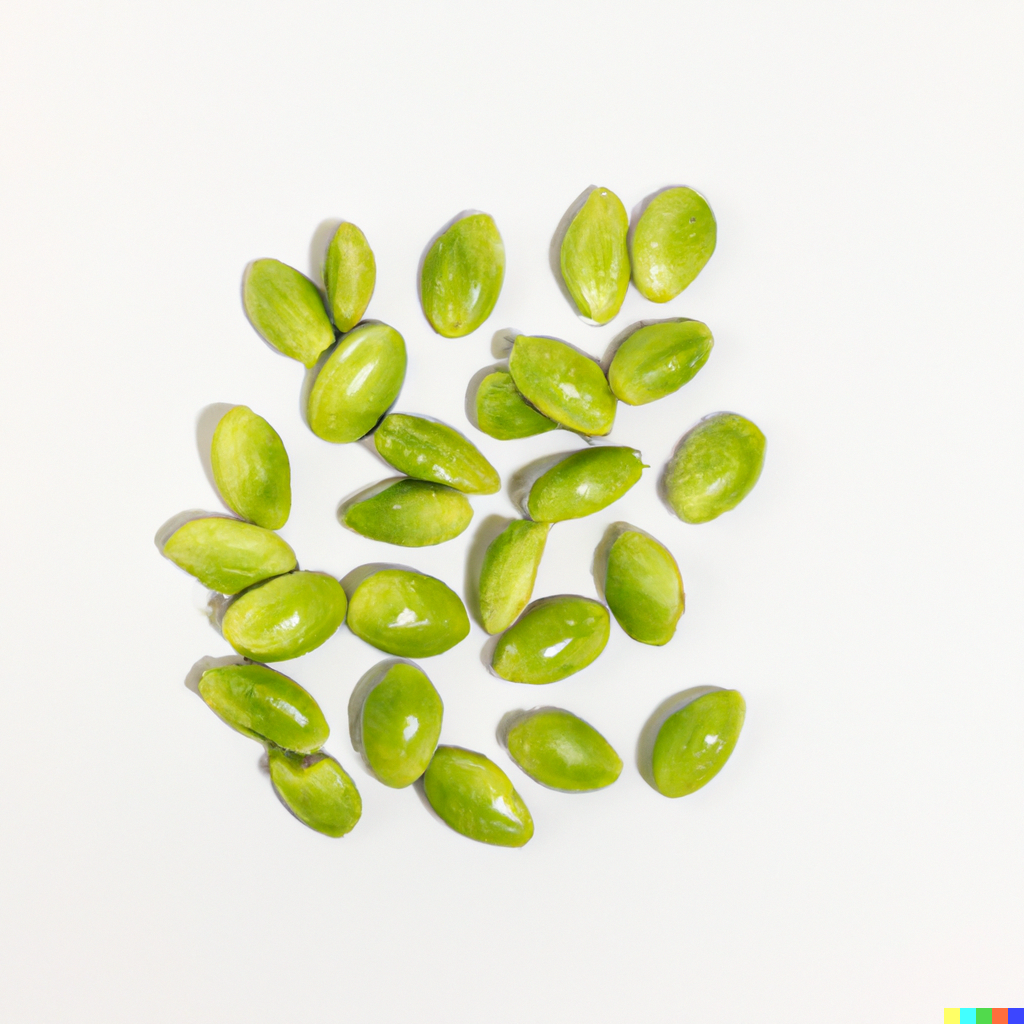What is Muki Edamame?
Muki Edamame, also known as shelled edamame, is a variety of soybean that is harvested while the beans are still young and green. The term “muki” comes from Japanese, where it means “to shell” or “peel off”, indicating that the beans have been removed from their pods. Muki Edamame is a popular food in East Asian cuisine, particularly in Japan, China, and Korea, but its delicious taste and health benefits have led to its global popularity.

The Cultivation of Muki Edamame
Climate and Soil Requirements
Muki Edamame, like other soybeans, prefers a warm climate and well-draining soil. They need full sun and a long growing season of about 90 to 150 days, depending on the variety. The soil should be rich in organic matter with a neutral pH.
Planting and Care
Muki Edamame is planted in the spring after the last frost when soil temperatures have reached at least 55°F (13°C). The seeds should be planted about an inch deep and 2-3 inches apart. Once the plants are about 4 inches tall, thin them out to about a foot apart.
The plants need regular watering, especially during dry periods, but avoid watering the foliage as this can lead to disease.
Harvesting and Storage
Muki Edamame is harvested when the pods are plump and the beans inside have just begun to firm up. This is usually about 2-3 weeks after flowering. To harvest, simply pull up the entire plant and remove the pods.
Fresh Muki Edamame can be stored in the refrigerator for about a week. For longer storage, the beans can be blanched and then frozen.
Nutritional Profile of Muki Edamame
Muki Edamame is a nutritional powerhouse. It is rich in protein, fiber, and a variety of vitamins and minerals. Here’s a brief look at the nutritional profile of Muki Edamame per 100g serving:
| Nutrient | Amount |
|---|---|
| Calories | 122 kcal |
| Protein | 11.2 g |
| Total Fat | 5.2 g |
| Carbohydrates | 9.9 g |
| Dietary Fiber | 5.2 g |
| Vitamin K | 33 µg |
| Vitamin C | 6.9 mg |
| Calcium | 63 mg |
| Iron | 2.4 mg |
How to Prepare and Cook Muki Edamame
Preparing Muki Edamame is straightforward since they are already shelled. Simply rinse the beans under cold water to remove any dirt or debris.
To cook, boil the beans in salted water for about 5 minutes until they are tender. Drain and rinse under cold water to stop the cooking process. They can now be used in a variety of dishes or eaten as is with a sprinkle of salt.
Delicious Muki Edamame Recipes to Try
Here are some tasty recipes to try using Muki Edamame:
| Recipe Name | Ingredients | Cooking Time |
|---|---|---|
| Muki Edamame Salad | Muki Edamame, cherry tomatoes, cucumber, feta cheese, olive oil, lemon juice | 15 minutes |
| Muki Edamame Stir-fry | Muki Edamame, bell peppers, carrots, soy sauce, garlic, ginger | 20 minutes |
| Muki Edamame Soup | Muki Edamame, vegetable broth, onions, garlic, carrots, celery | 30 minutes |
Muki Edamame offers a unique combination of delicious taste, nutritional benefits, and culinary versatility. From cultivation to kitchen, this is one bean that deserves its place in your garden and on your plate.